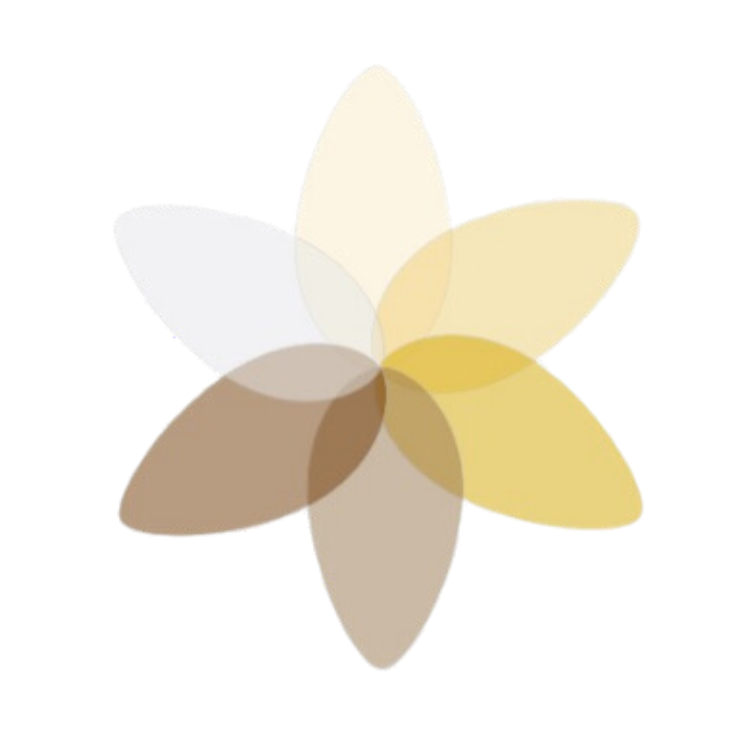ViewMore actions
Questions Answered Here
- What is the meaning of the word “tonglen?”
- What is is the purpose of the practice?
- What is a caution related to this technique?
- Describe a variation that Pema Chodron teaches to focus on one’s own discomfort rather than that of others.
- What does this practice, called “Big Mind” by John Kain, entail?
- What names does Kain give to the various voices or “personalities?”
- What is the ultimate purpose of exploring the personalities?
Tonglen
What is Tonglen?
“Tonglen” is Tibetan for “sending and receiving” (or “giving and taking”) and is the name of a Tibetan Buddhism meditation practice.
It refers to our willingness to take on the pain of others we know are hurting and extend to them whatever we feel will ease their pain, whatever will enable them to stay present with the sorrows and losses and disappointments of life… There are various ways that tonglen is taught, but the essence of it is breathing in that which is unpleasant and unwanted and breathing out—sending out—that which is pleasing, relieving, enjoyable. – Pema Chodron
Purpose / Benefits
- Develop compassion and strength
- Develop ability to connect with — be present to — suffering
- Reduce selfish attachment
- Develop and expand lovingkindess
- Purify karma
Connecting with Suffering
The tonglen practice is a method for connecting with suffering—ours and that which is all around us—everywhere we go. It is a method for overcoming fear of suffering and for dissolving the tightness of our heart. Primarily it is a method for awakening the compassion that is inherent in all of us, no matter how cruel or cold we might seem to be. – Pema Chodron
One of the Richest & Bravest Practices We Can Do
Tonglen is one of the richest and bravest practices that we can do… The practice of Sending and Receiving helps us to get in touch with the obstacles that prevent us from understanding and caring. Through our own experience with suffering and the development of an atmosphere of openness toward it, we can begin to accept and be with others and ourselves in a more open, kind and understanding way. Our own difficult personal experiences then become the bridge that leads us to compassion. – Joan Halifax
History
This practice is summarized in seven points, which are attributed to the great Indian Buddhist teacher Atisha Dipankara Shrijnana,born in 982 CE. They were first written down by Kadampa master Langri Tangpa (1054–1123). The practice became more widely known when Geshe Chekawa Yeshe Dorje (1101–1175) summarized the points in his Seven Points of Training the Mind.[10] This list of mind training (lojong) aphorisms or ‘slogans’ compiled by Chekawa is often referred to as the Atisha Slogans. – Wikipedia
Script
See the article by Joan Halifax for a teaching script.
Caution
We trust that teachers reading about such practices will always rely first and foremost on their own practice and studies. If ever a teaching is relatively new to you, we hope it will inspire you to expand your own practice but not be something you would begin teaching yet. For teachers who are very familiar with practices, we are endeavoring to provide support with expert pointers and quotes plus resources for deeper exploration.
Tonglen is a wonderful and common Buddhist practice; however, in its traditional form, it’s not likely considered a beginner practice and could require much guidance to those new to it. As with pranayama and asana, it requires an experienced teacher to know if this practice would be appropriate with students and how to teach it wisely.
Variation: Our Own Discomfort
While the practice is often taught in regard to others’ suffering, Pema Chodron offers this beautiful practice of working with our own discomfort:
[This style of tonglen] uses the very immediate and unsettling rawness of our own discomfort as a link to others. It allows us to understand in an experiential, non-conceptual way that our suffering is not unique but is shared by millions and trillions of other beings, animal as well as human. We find out that we have cancer, and we breathe in the fear, the disbelief, the pain of all cancer patients and send relief to all. We lose someone dear to us, and it connects us to everyone who is overcome with grief… Tonglen is a practice for thinking bigger, for touching into our sameness with all beings…With tonglen, our misfortunes become a means to awaken our heart, enabling us to work wholeheartedly for the sake of others and at the same time be a true friend to ourselves. – Pema Chodron


